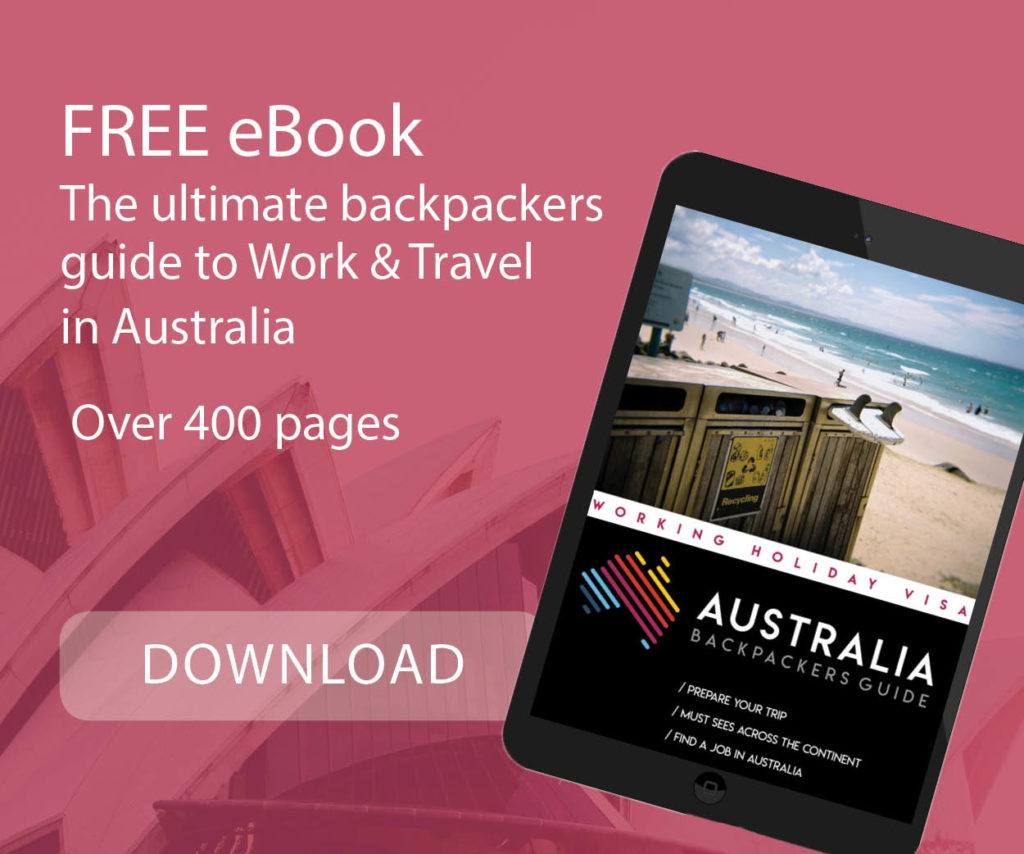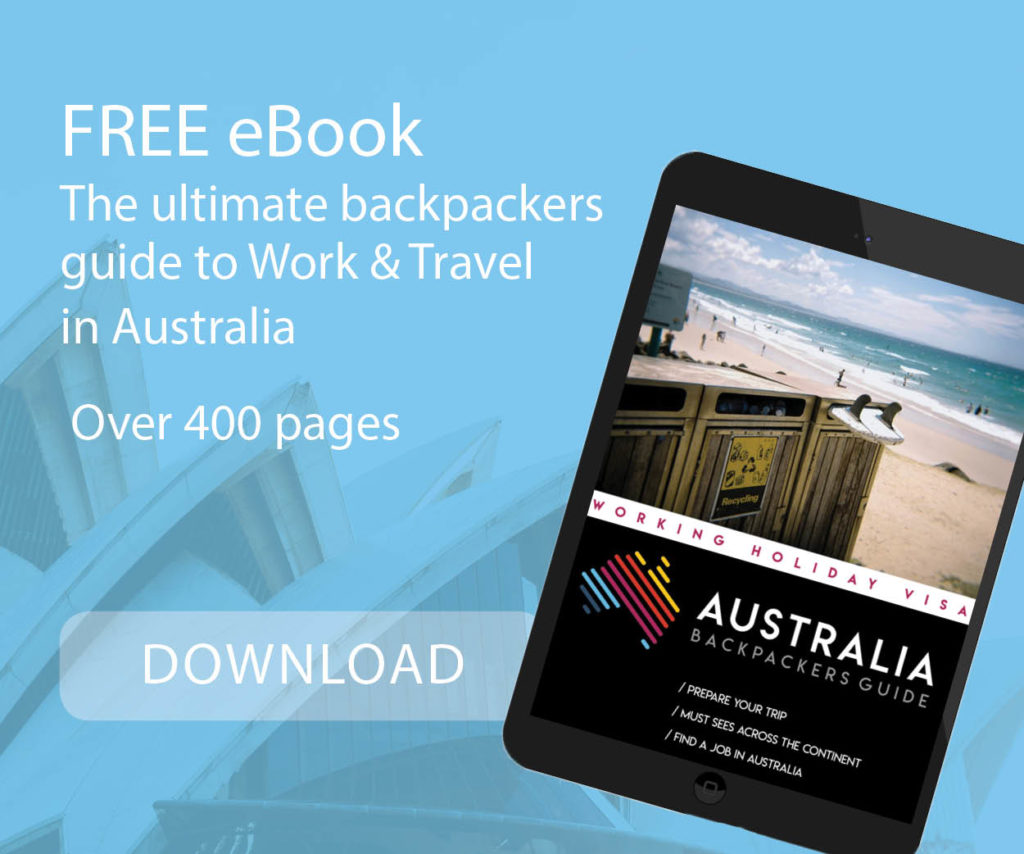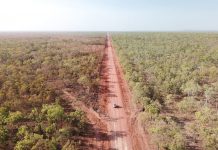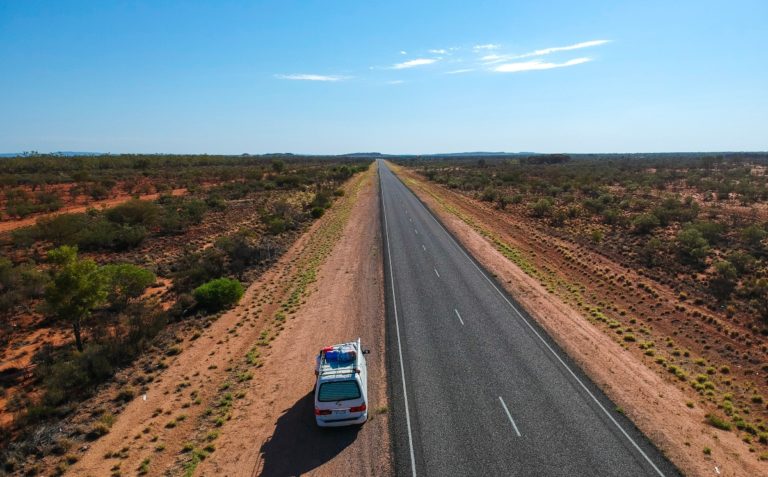
Whether you’re taking a long road trip, driving a tractor as part of your farm work or going to pick up friends from the airport, chances are you’re going to be behind the wheel at some point during your time in Australia. Long distances, wildlife, floods and some of the world’s toughest traffic fines—here’s how to stay safe (and legal) on Australia’s roads in 2025.
Table of Contents
Drive on the left‑hand side
In Australia, you drive on the left-hand side of the road, and give way to the right at roundabouts. This can be disorienting for visitors from countries where driving on the right is the norm. Pay close attention at intersections, roundabouts, and when turning, and always remember to keep left.
What’s changed since 2023–24?
| New rule or change | Date | Impact |
|---|---|---|
| Mobile‑phone detection cameras now nationwide | QLD rollout completed Nov 2024 | Automatic fines in all mainland states: up to $1,161 & 10 points (double‑demerits in holiday periods). |
| Stricter seat‑belt enforcement via AI cameras | NSW pilot July 2024 → VIC & WA pilots 2025 | No seat belt? $365+ fine & 3 points. |
| Eastern‑states flood damage | Ongoing repairs after 2024 La Niña events | Expect potholes & unsealed detours; check state road‑condition apps (§10). |
| Queensland’s lower open‑road speed | Jul 2024 Bruce Hwy sections cut from 110 → 100 km/h | Watch signage; cameras recalibrated. |
| Electric‑vehicle charger boom | 800+ DC fast chargers added 2023‑25 | Plan ahead with PlugShare—still 300 km gaps in the outback. |
Watch out for wildlife
This is a key safety tip for driving Down Under, especially if you’re going to be on the road in more remote or rural areas. Australia has many large wild and farmed animals that love to wander across the road right in front of you. Australia’s diverse wildlife often ventures onto the roads, particularly at dawn, dusk, and night. Kangaroos, wombats, and emus are common hazards. If you see a wildlife crossing sign, reduce your speed and stay vigilant. If an animal is on the road, brake gently and avoid swerving to prevent losing control of your vehicle.
- Peak collision times dawn (5–7 am) & dusk (5–7 pm).
- Slow to 80 km/h on kangaroo‑dense roads; use high‑beam if no oncoming traffic.
- If impact is unavoidable, brake firmly but keep the vehicle straight—swerving causes rollovers.
- Report injured animals to state wildlife hotlines (e.g. 13 000 945 354 (WIRES NSW)).

Be aware of school zones
Speed limits apply across Australia and should always be heeded, otherwise heavy fines apply. What you might not be aware of, however, is that some speed zones are temporary i.e. only enforced at particular times of the day. Areas around schools (school zones) are one of these places. 40kmph speed limits are generally imposed in these areas between 7:30-9am and 2:30-3:30pm (but this can vary, depending on the school). Flashing lights and signs will indicate to you where these zones are, but it’s best to be forewarned too.
Only stop for a Photo where it is safe
This is a classic error for tourists! Given how beautiful the Australian landscape is, the temptation to snap photos as you’re driving along is hard to resist. However, this really isn’t a good idea, as stopping abruptly or in unsafe locations to pull out your camera can easily cause an accident. If you want to snap a pic, make sure you can pull over at a safe pace, in a reasonable location, and don’t endanger other drivers or passengers in the process.
Check Road conditions in Advance
As we all know, Australia is a country with extreme weather. This means that road conditions can change quickly, so checking the state of the roads in advance of your journey is essential. This is especially important if you’re going to be travelling in remote or rural areas, where flooding or bushfires can significantly impact your intended journey. Road condition reports can generally be found in Visitor Centres along your route, but the easiest way to find out is probably to check road reports online. Each state will have their own website, so make sure you get the details ahead of time.
Weather & seasonal hazards
| Hazard | Region | Season | Advice |
| Cyclones | Top End, WA north | Nov–Apr | Check BOM cyclone maps; never drive flooded causeways. |
| Bushfires | NSW, VIC, SA, WA | Dec–Mar (south), Jun–Oct (north) | Download state fire apps; heed total fire bans. |
| Floods | QLD/NNSW, NT | Summer wet | “If it’s flooded, forget it.” Water ≥15 cm can sweep a small car. |
Be Cautious in Rural areas
In rural and outback regions, road conditions can vary significantly. Gravel roads, unsealed tracks, and narrow lanes are common. Drive at a safe speed, maintain a firm grip on the steering wheel, and be prepared for sudden changes in road conditions. Keep an eye out for road trains, which are large trucks with multiple trailers.
Sharing the road with road‑trains
- Up to 56 m long in NT & WA.
- When overtaking, allow 1 km clear road; accelerate decisively, don’t linger beside trailers.
- Expect significant air‑wash—keep two hands on the wheel.
Take breaks to avoid fatigue
Fatigue is a major cause of accidents in Australia, particularly on long, monotonous stretches of road. Take regular breaks every two hours, switch drivers if possible, and avoid driving late at night. Utilize rest areas and enjoy the scenery to stay refreshed and alert.
- Driver Reviver coffee stops at 180+ highway sites (free).
- Rest every 2 hours / 200 km—it’s the law for coach drivers and good practice for everyone.
- Service stations can be 250 km apart; fill up once you hit half a tank.
Prepare for long distances
Australia is vast, and distances between towns and services can be considerable. Plan your route in advance, ensure your vehicle is in good condition, and carry extra fuel, water, and supplies, especially when traveling through remote areas. Inform someone about your travel plans and expected arrival times. If you do get into trouble, always stay with your vehicle and try to reach help via your mobile or satellite phone.
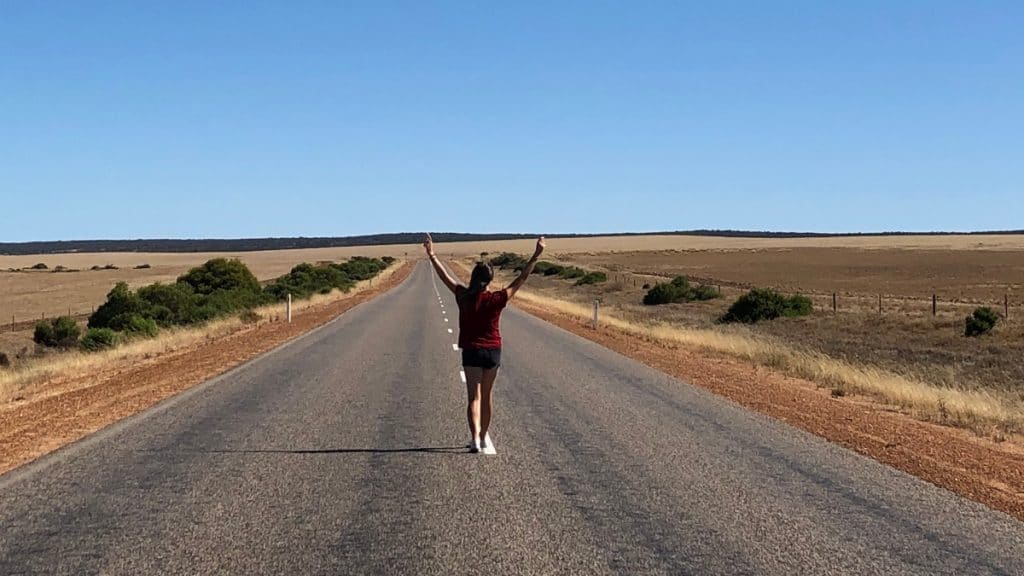
Stay on designated roads
When driving in remote or outback areas, stick to designated roads and tracks. Venturing off-road can be dangerous due to the lack of mobile coverage, rough terrain, and extreme weather conditions. Ensure your vehicle is suitable for the type of road you are traveling on, and always carry a map or GPS device.
As a country full of rugged and rough terrain, it’s good to be aware that a lot of Australian roads are not sealed. If you’re taking a long road trip, or driving in some of the more remote locations, then you will definitely want to plan your route in advance, making sure you know whether bitumen roads make up the entirety of your intended journey.
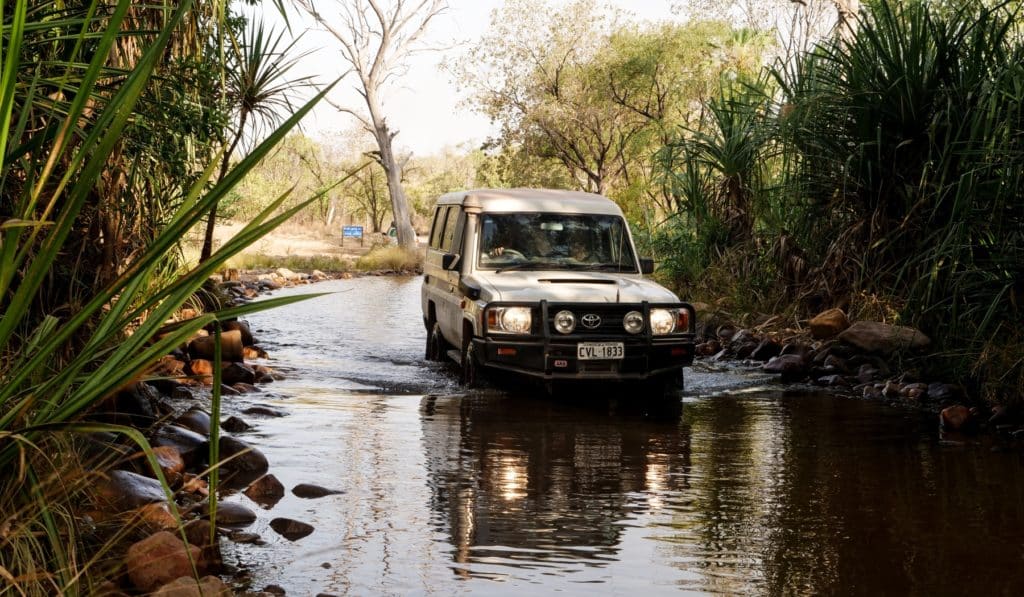
Be prepared for emergencies
Despite careful planning, emergencies can still occur. Equip your vehicle with a basic emergency kit, including a first aid kit, flashlight, spare tire, and tools. Have emergency contact numbers readily available and know the locations of the nearest medical facilities and service stations along your route.
Know the basic rules (and fines)
| Rule | Australia‑wide fine range* | Demerits* |
| Seat‑belt not worn / improper | $370–$625 | 3–6 |
| Hand‑held phone | $540–$1,161 | 4–10 |
| BAC > 0.05 (<0.02 in NT) | Court | Licence loss |
| Speed <10 km/h over | $130–$330 | 1–3 |
| Speed >45 km/h over | $1,500+ | Immediate loss |
*Highest amounts in NSW/QLD 2025 rates; most states apply double demerits over long weekends.
Apps & websites to bookmark (2025)
| App / Site | Platform | Why you need it |
| FuelCheck NSW / QLD Fuel / FuelWatch WA | iOS/Android | Live fuel prices & servo locations |
| Waze | iOS/Android | Crowd‑sourced hazards & cameras |
| VicTraffic / QLDTraffic / LiveTraffic NSW | Web/app | Real‑time road closures & delays |
| Beachsafe | Web/app | Surf conditions & patrol flags |
| Emergency+ | iOS/Android | Dial 000 with GPS coordinates offline |
| PlugShare / Chargefox | EV | Charger map & payment |





